10 Common Mistakes People Make When Selling Valuable Collectibles
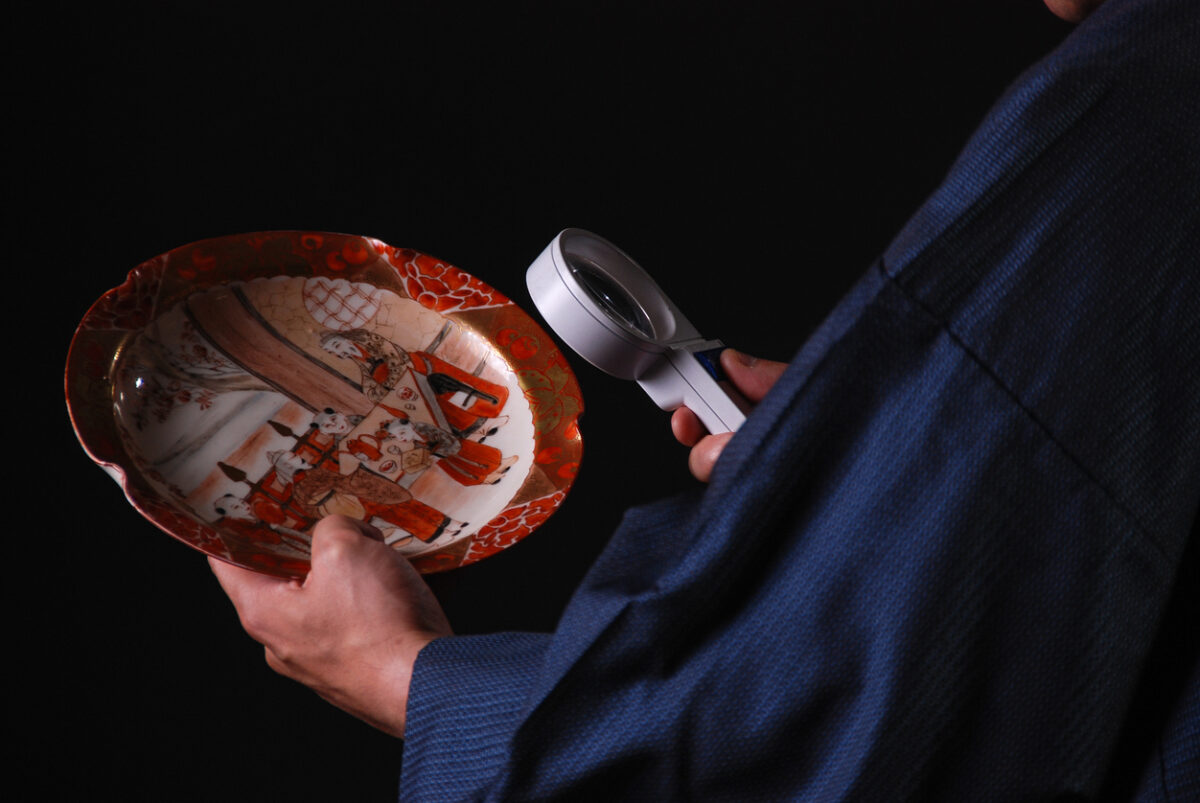
While selling antiques and vintage collectibles can be a great way to supplement your income, it’s also important to stay ahead of common mistakes that can dramatically reduce returns. From overlooking the importance of doing research to failing to understand the buyer’s market, these oversights can lead to underpricing, missed opportunities, or even falling victim to scams.
Whether you’re selling online or in person, here are 10 avoidable pitfalls to avoid to get the most bang for your buck.
1. Failing To Authenticate the Item
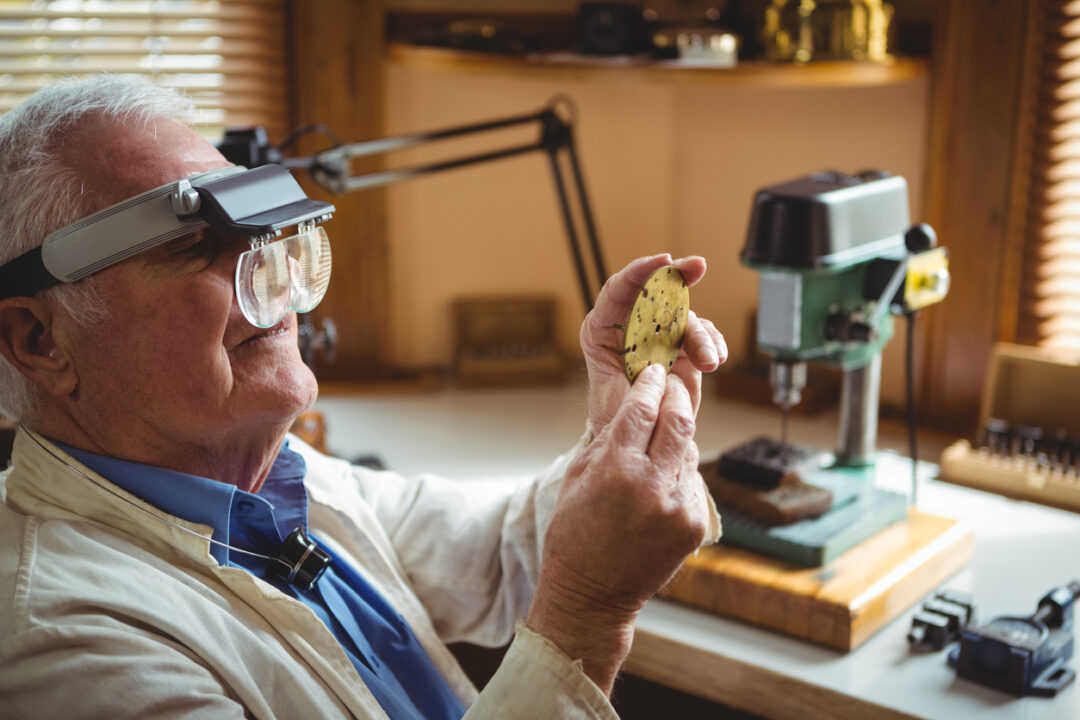
Authentication is crucial to confirm the legitimacy and value of an item, especially for high-value collectibles like antique tools and vintage figurines. Without a verified certificate of authenticity, buyers may hesitate to pull the trigger and can even doubt the item’s worth. This often results in lower offers or, worse, an inability to sell the collectible at all.
2. Not Using a Trusted Platform

Choosing an unreliable platform increases the risk of fraud and scams. Trusted platforms like eBay, Etsy, and Facebook Marketplace provide secure payment options and policies to protect sellers, which can give buyers more confidence in the transaction. By ignoring these precautions, sellers might lose out on serious buyers or face difficulties in getting paid.
3. Underpricing Due to Lack of Market Research

Market research provides insight into demand, pricing standards, and potential buyer interest to help sellers gauge what customers are paying for certain items. Without researching these market trends, sellers may underprice their items and end up losing money. Sellers who understand the market can then set competitive, accurate prices to attract more buyers.
4. Not Knowing the Buyer’s Market

Listing items without understanding their specific markets can lead to posting them on the wrong platform, inadvertently targeting the wrong buyers. Some collectibles appeal only to niche markets, so it’s vital to identify the right channels.
5. Ignoring Condition and Presentation
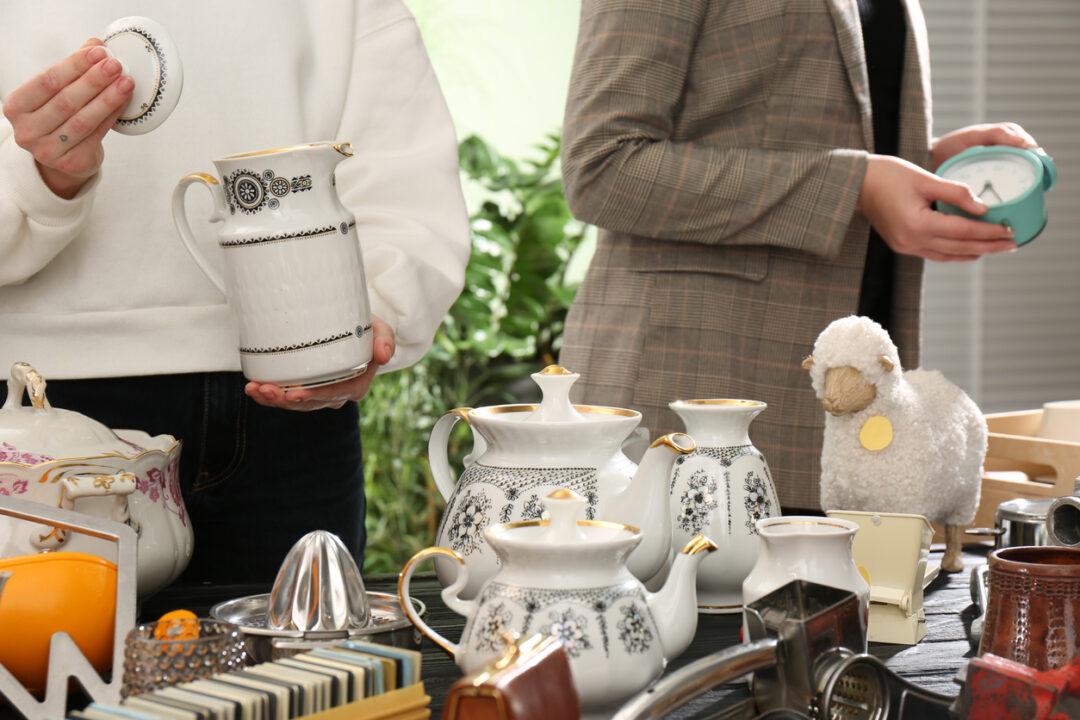
Since the condition of an item can greatly impact its value and final sale price, failing to clean or present the item in a flattering way can reduce buyer interest. Items with clear, well-lit photos, detailed descriptions, and visible signs of good maintenance tend to sell faster and at higher prices. A professional presentation can also make a huge difference in perceived value.
6. Setting Unrealistic Prices

Some sellers tend to overestimate the value of their collectibles by setting prices that are far above market value. But this will only turn buyers off and reduce the likelihood of a sale. Buyers may also assume the seller is unwilling to negotiate, leading them to seek similar items at more competitive prices elsewhere.
7. Accepting Lowball Offers Too Quickly
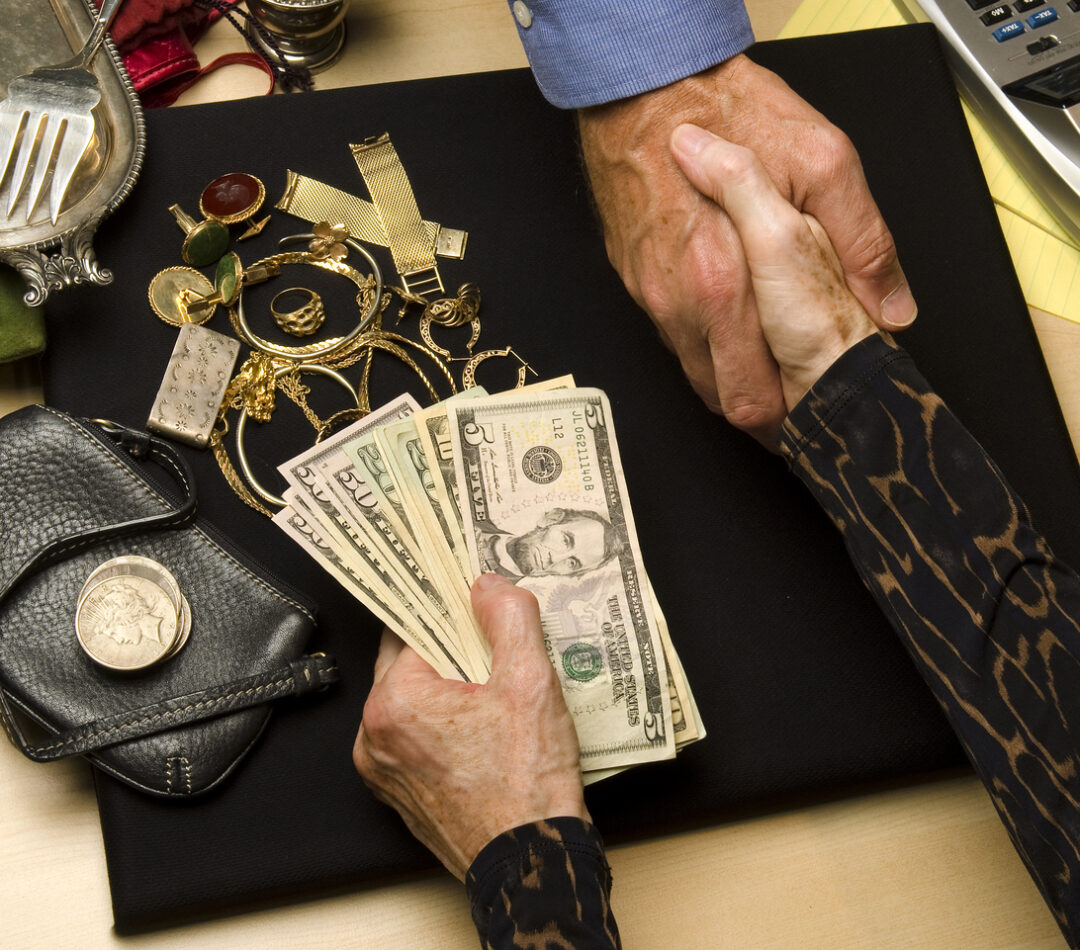
On the flip side, eager sellers might accept the first offer that comes their way, even if it’s a lowball offer that’s way below market value. When selling things online, waiting a bit for competitive offers or negotiating can often yield a higher price.
8. Not Providing Proper Documentation or Provenance
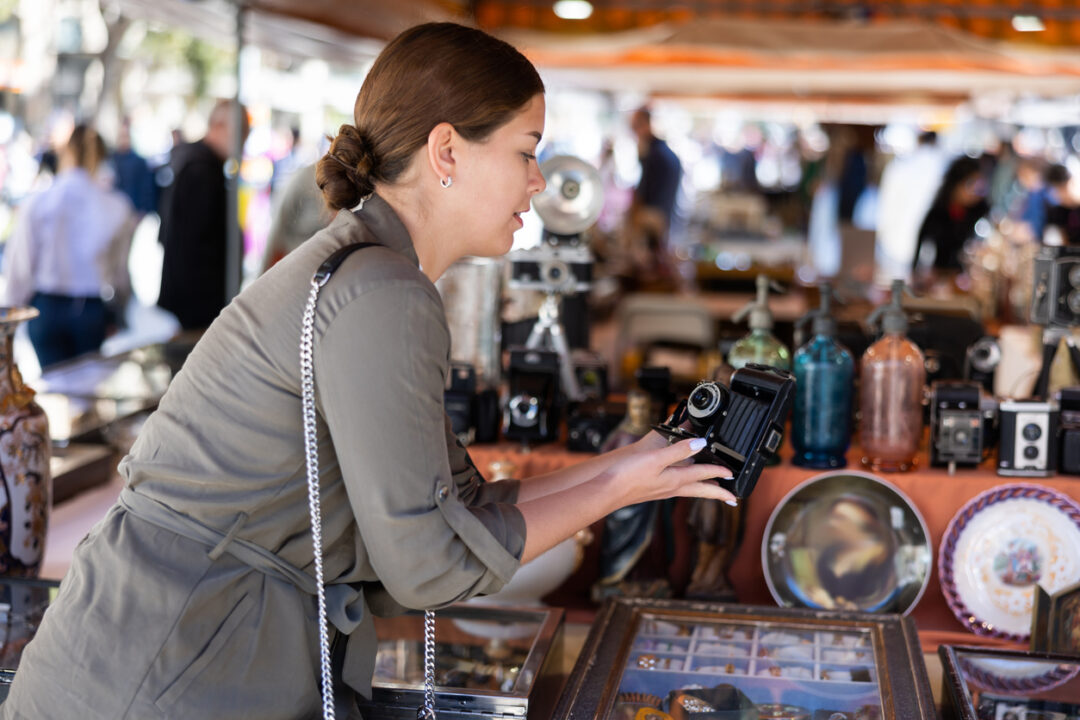
Items with a documented history or provenance tend to fetch higher prices, as they reassure buyers of authenticity and value. Failing to provide this information can limit interest and lower the final sale price. Consider obtaining official records or certificates to make your antique more appealing to collectors and potential buyers.
9. Ignoring Fees and Taxes

Selling collectibles often comes with platform fees, listing fees, or taxes, which can significantly cut into your net earnings. Factoring in these costs before setting a price helps avoid unexpected deductions from the final sale amount.
10. Failing To Protect Against Fraud

Selling valuable collectibles (or anything) online exposes sellers to potential scams, especially with unverified buyers. To avoid falling prey to these pesky scammers, stay away from direct bank transfers and opt for reputable platforms with fraud protection. By prioritizing secure payment methods, sellers can safeguard their transactions and feel more confident.